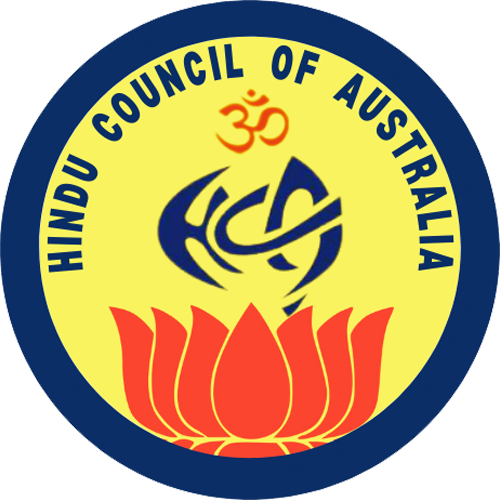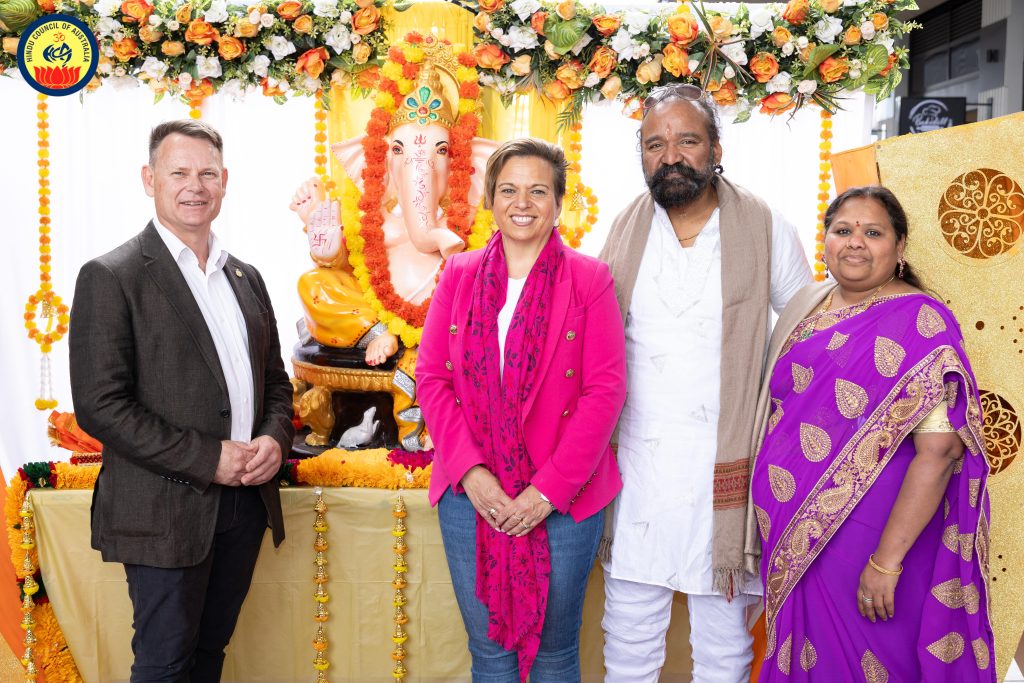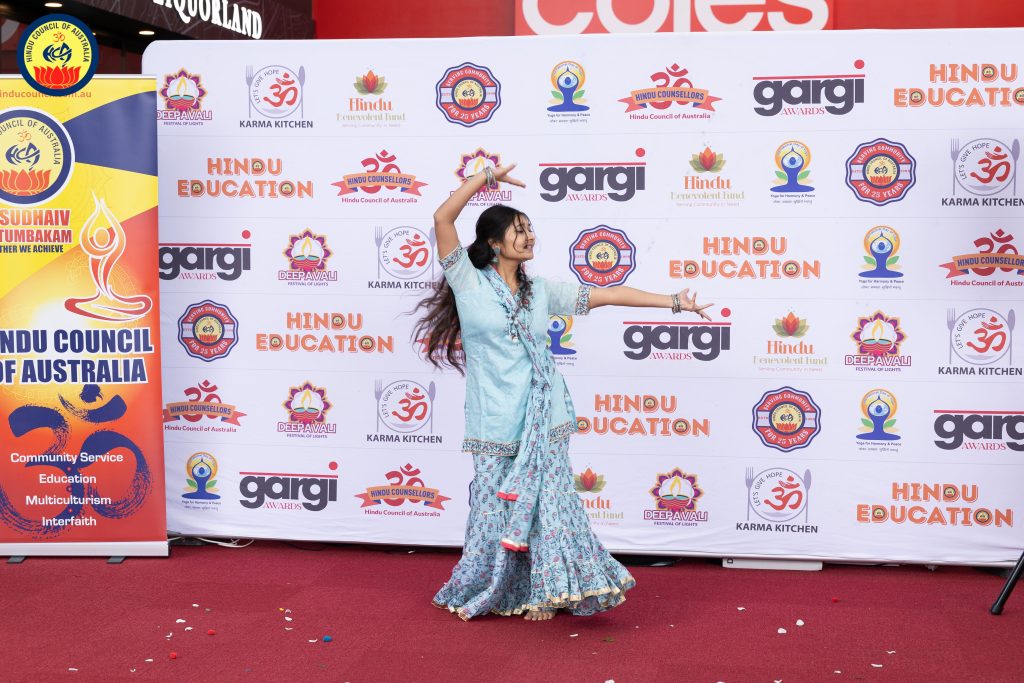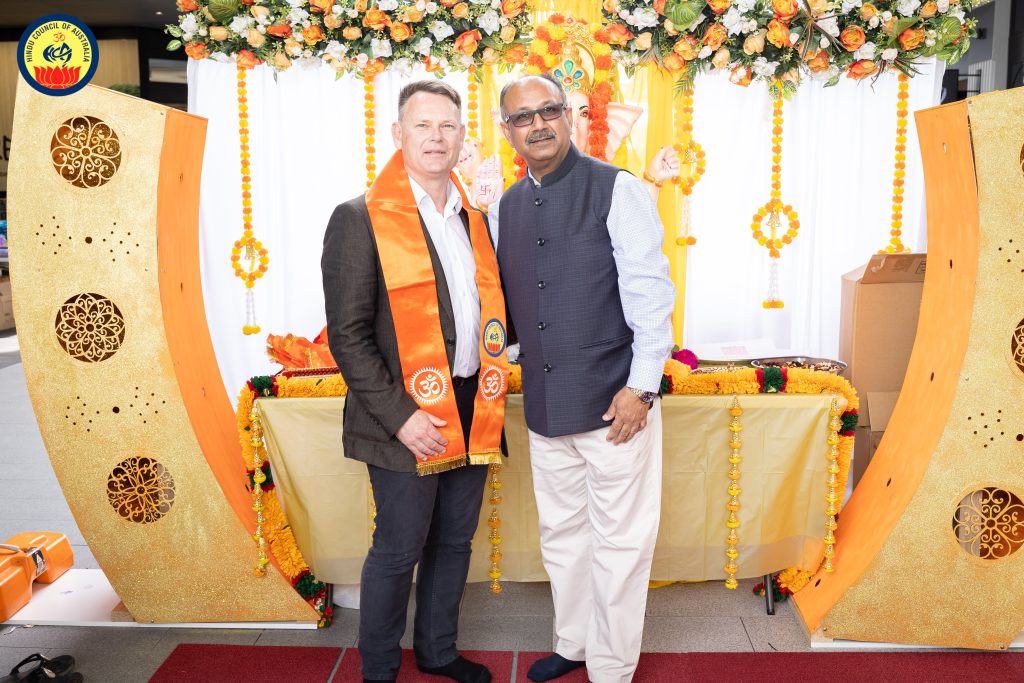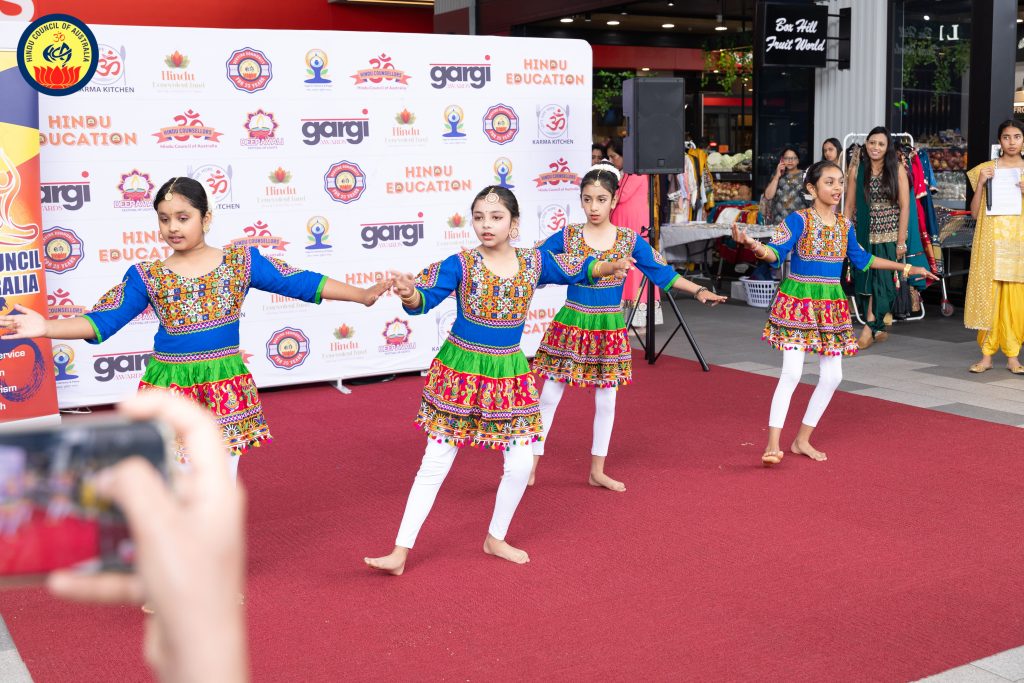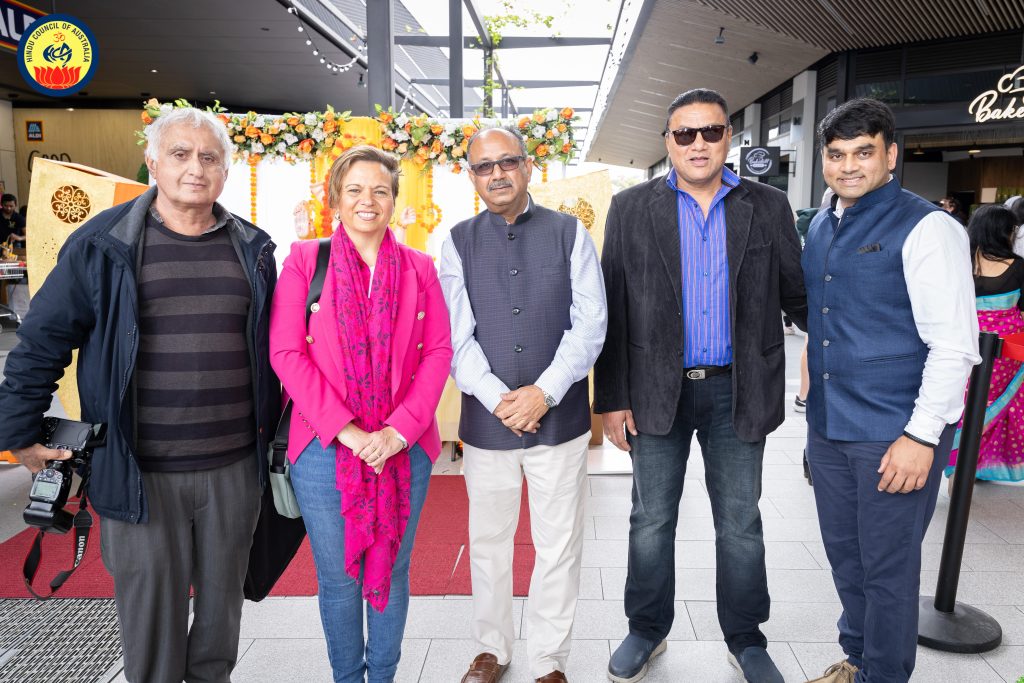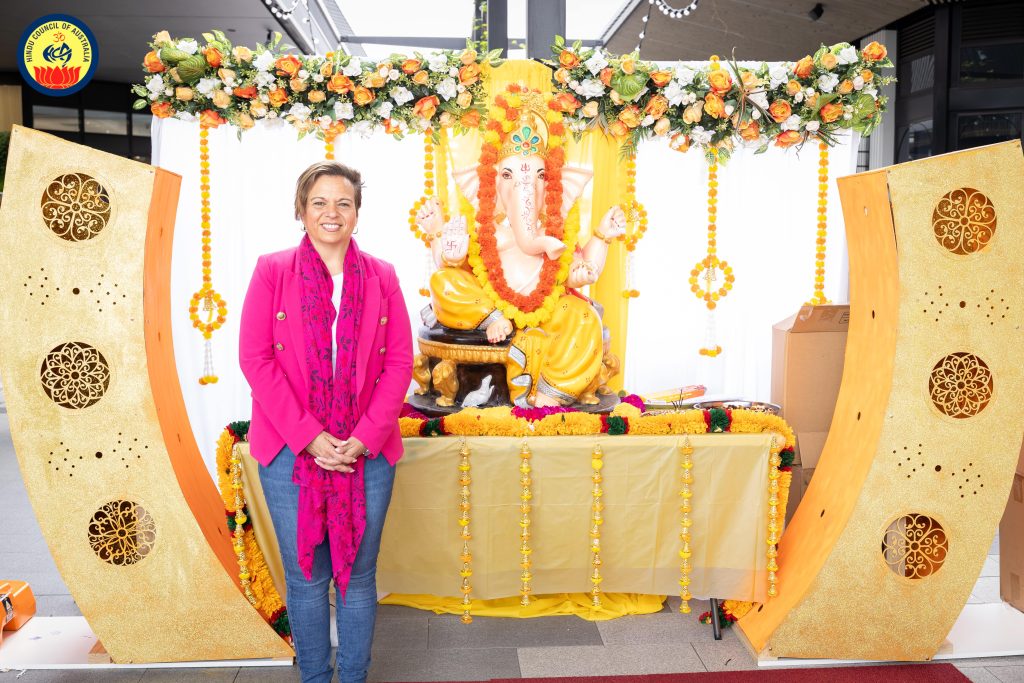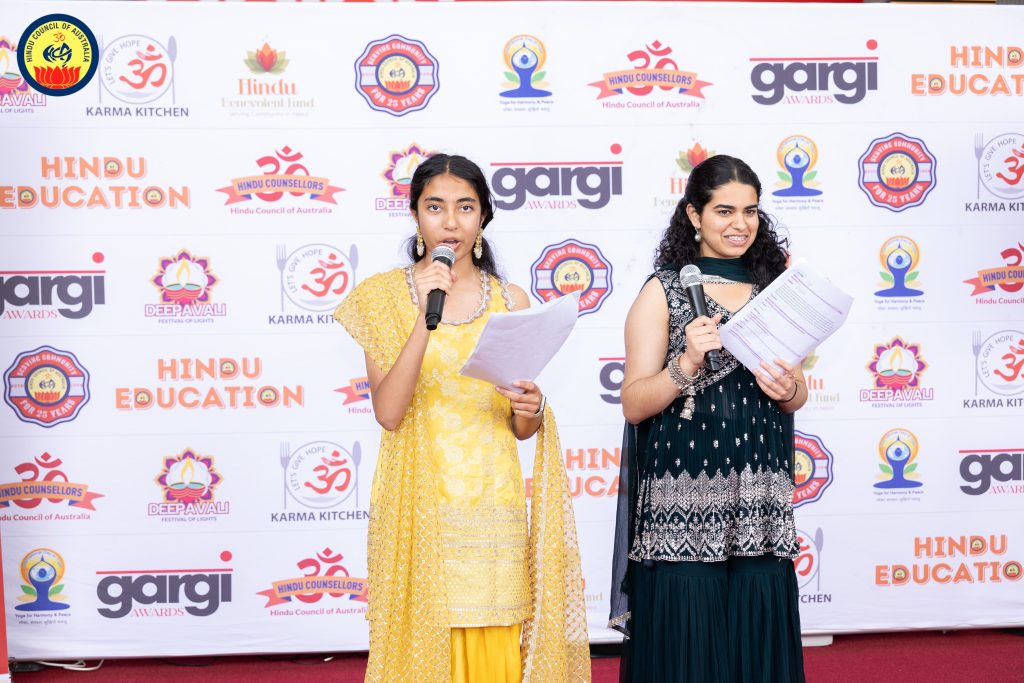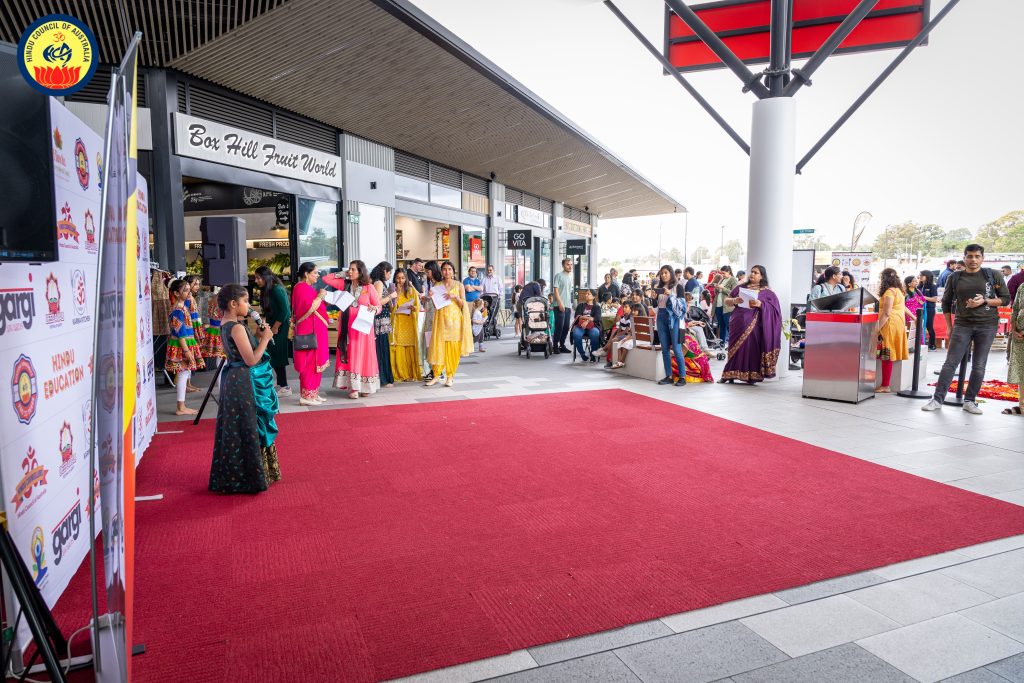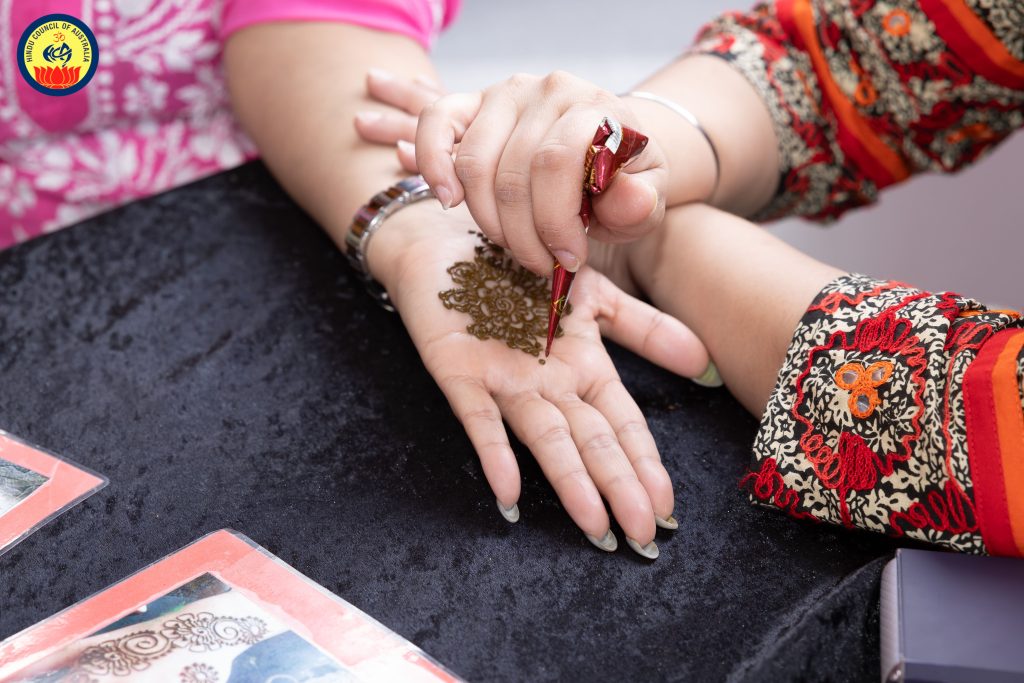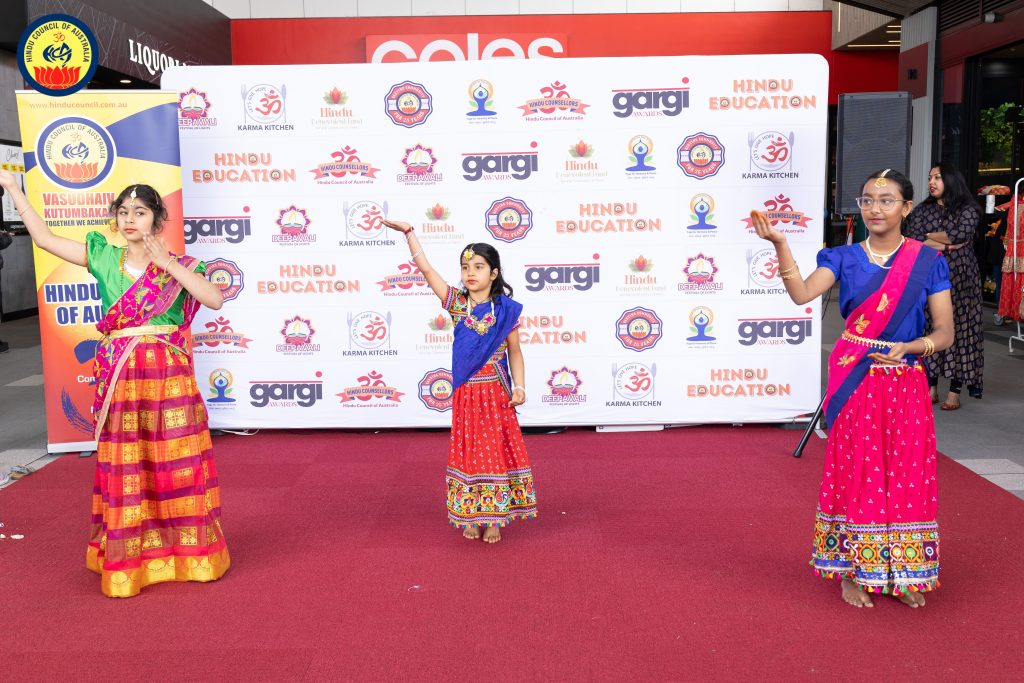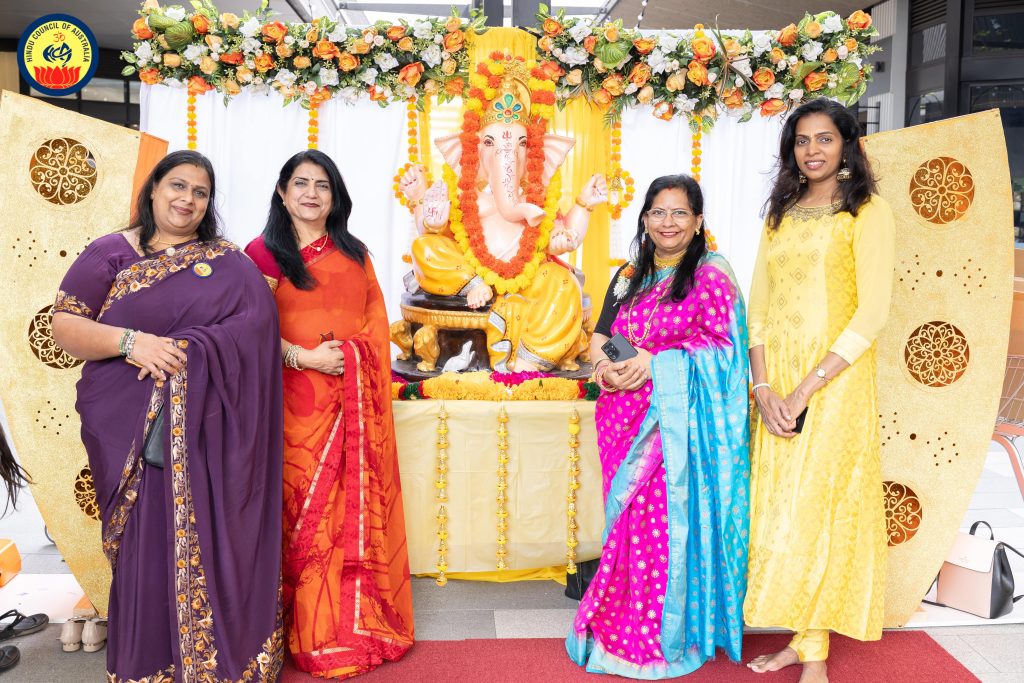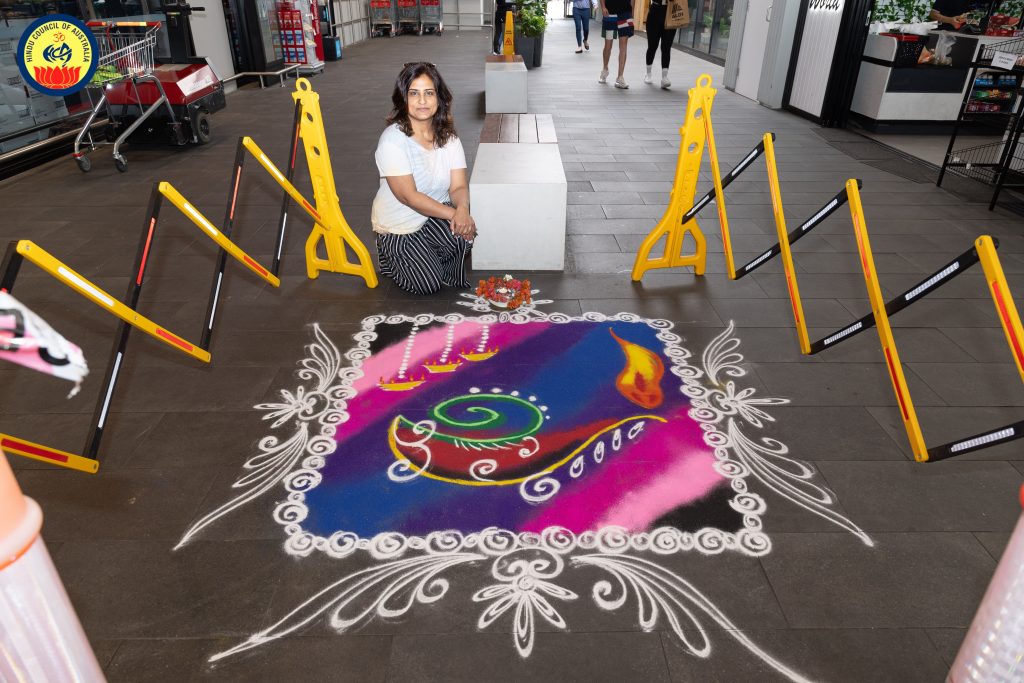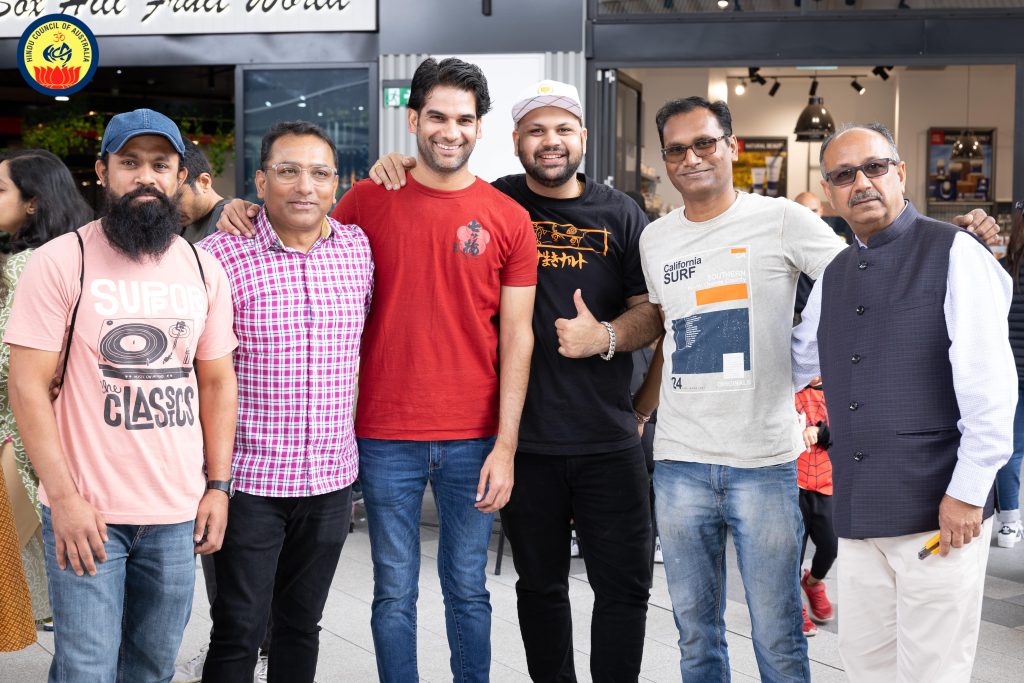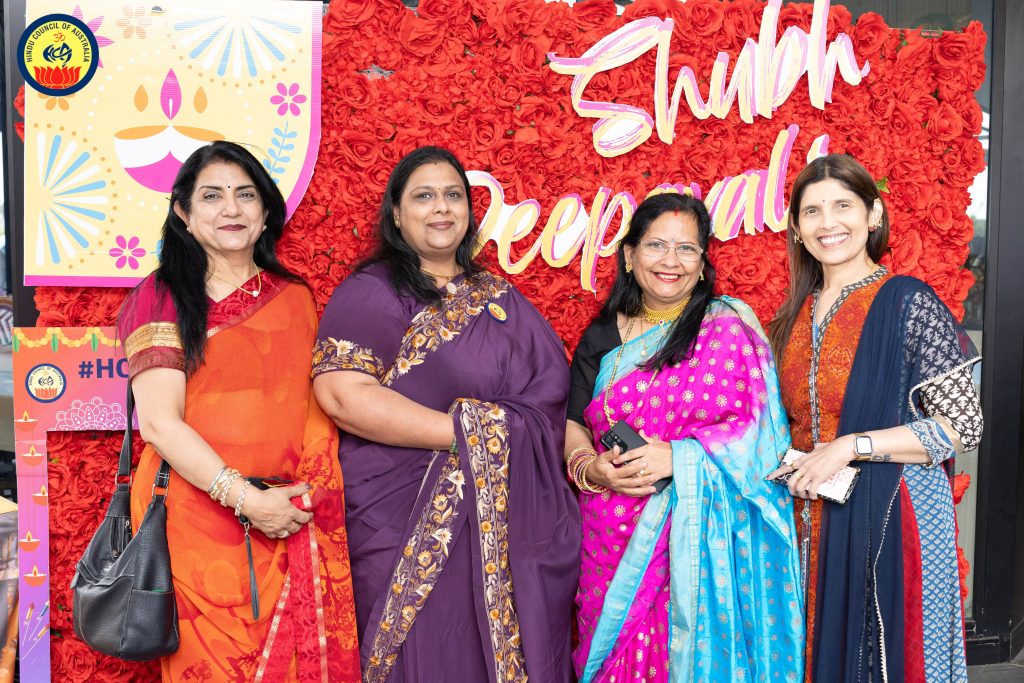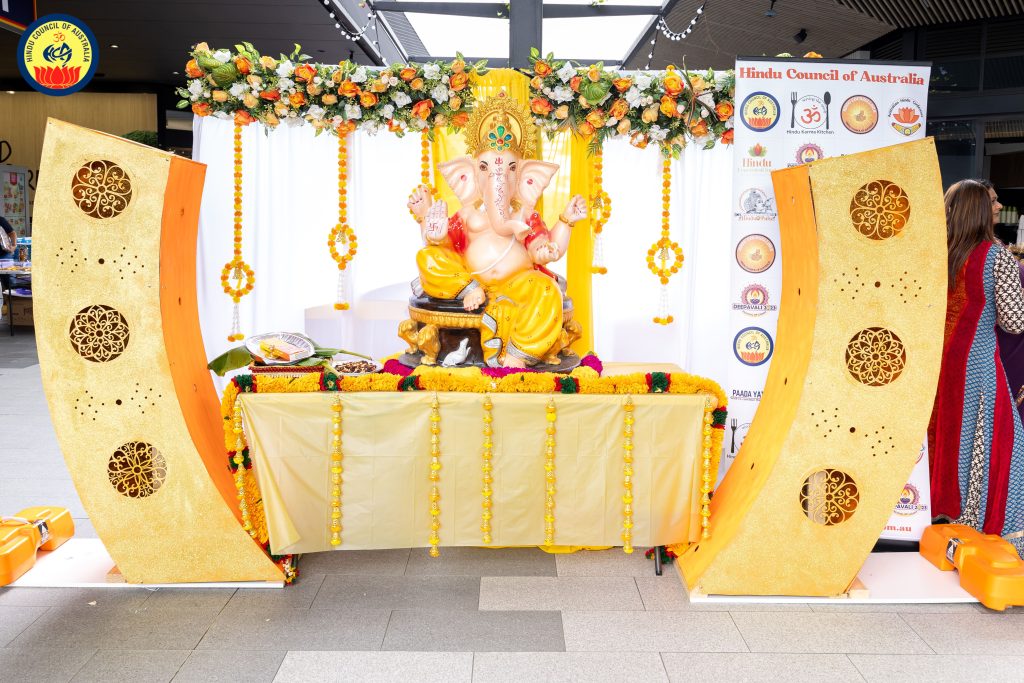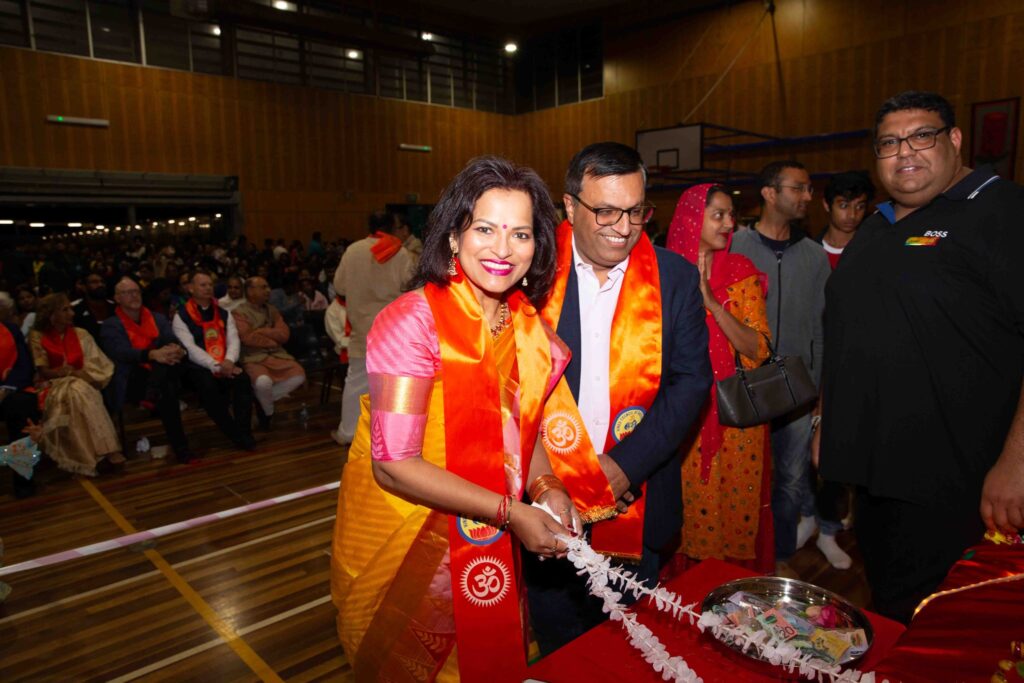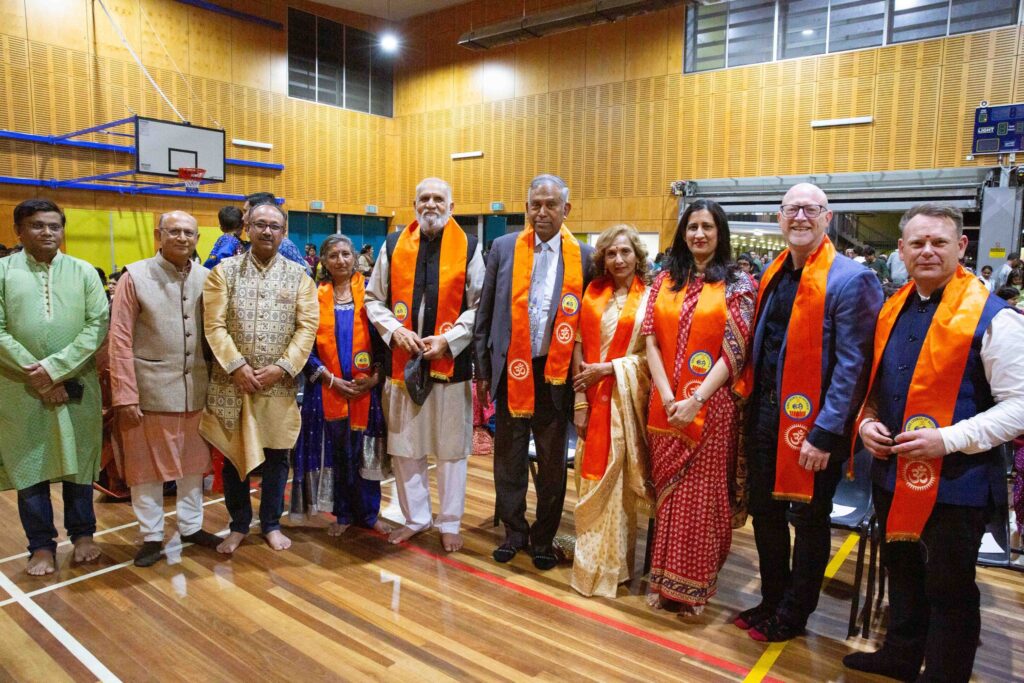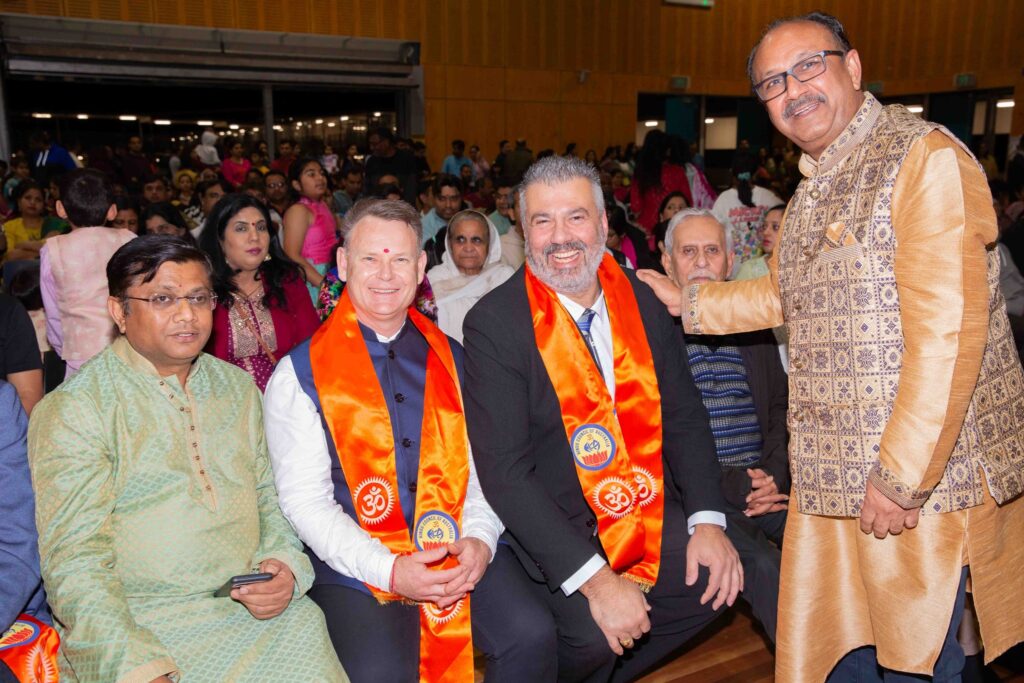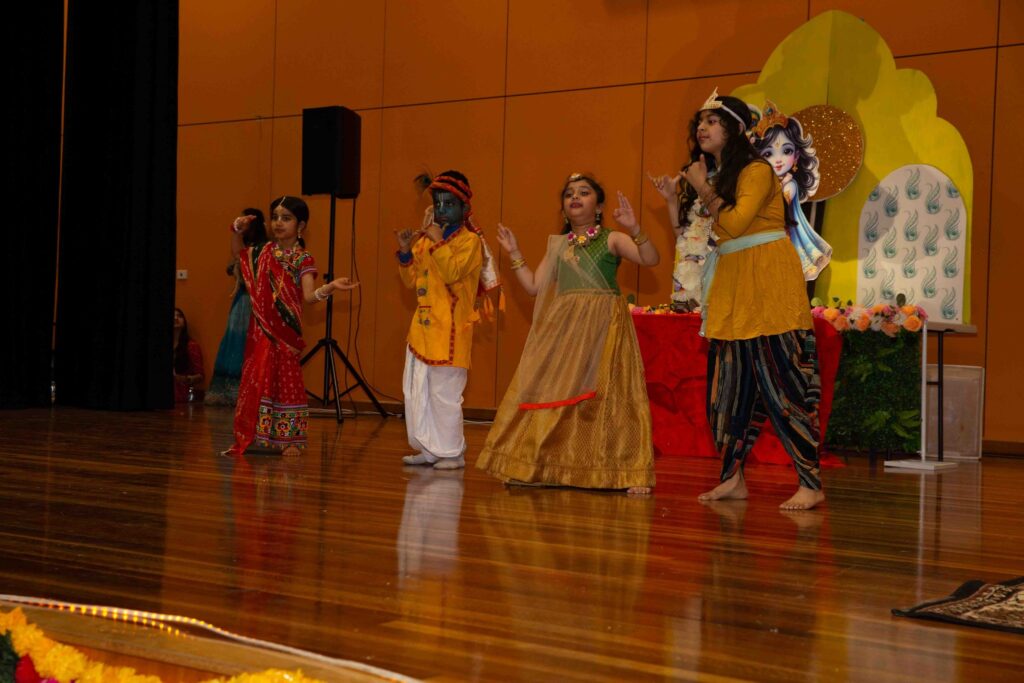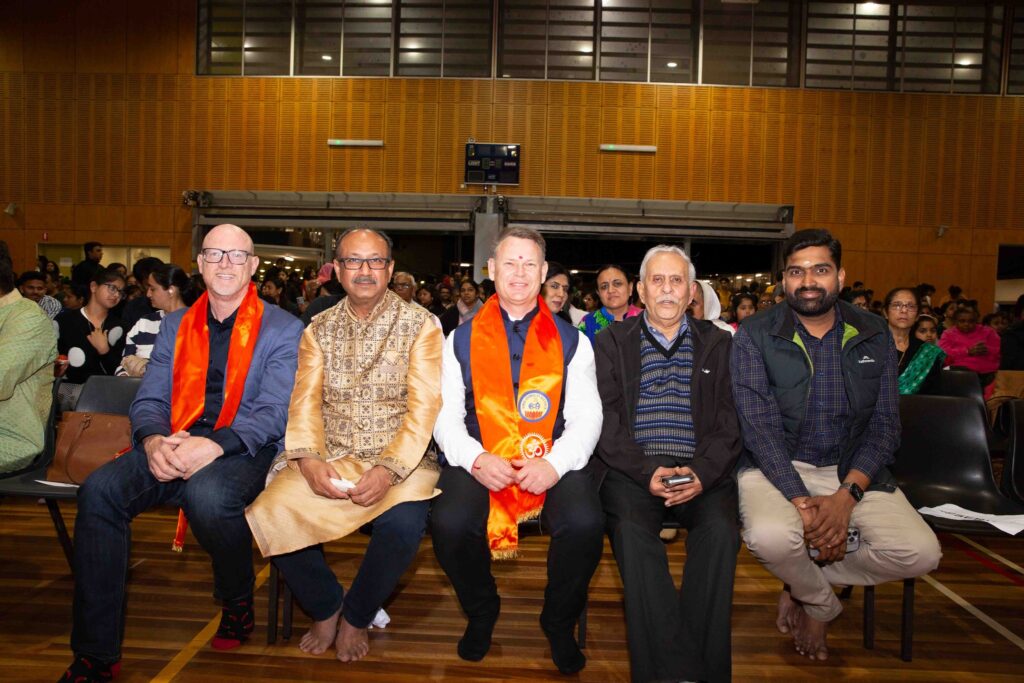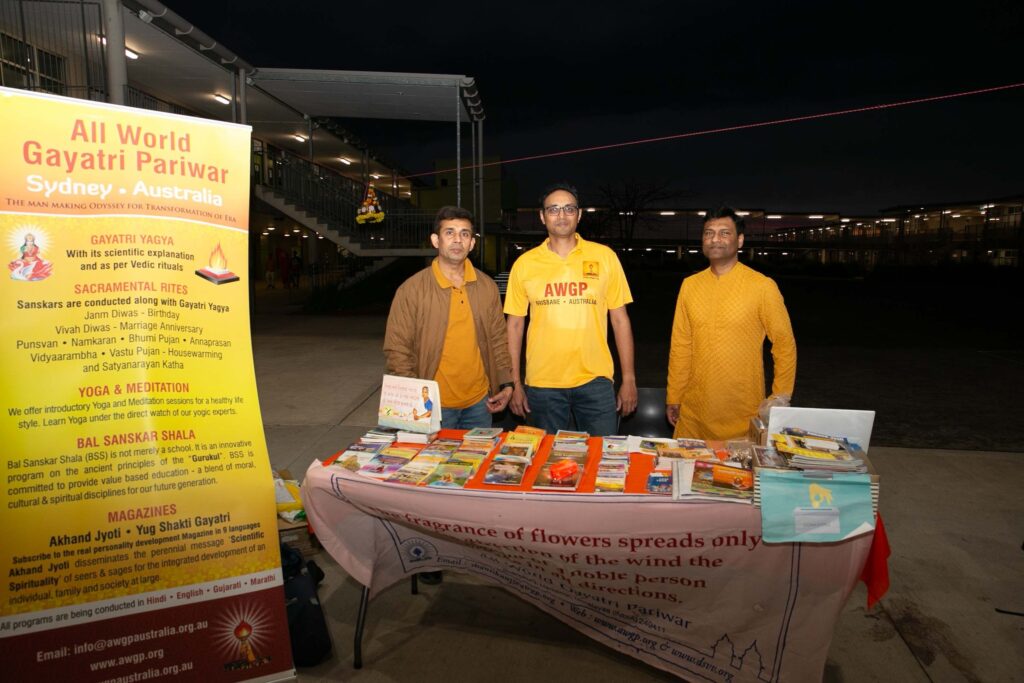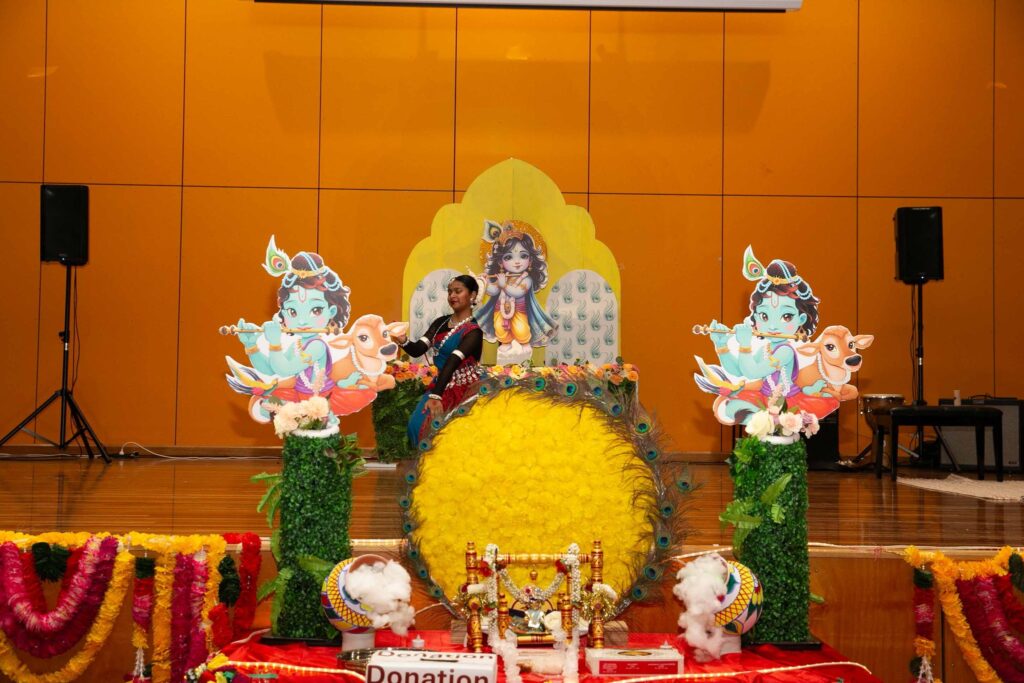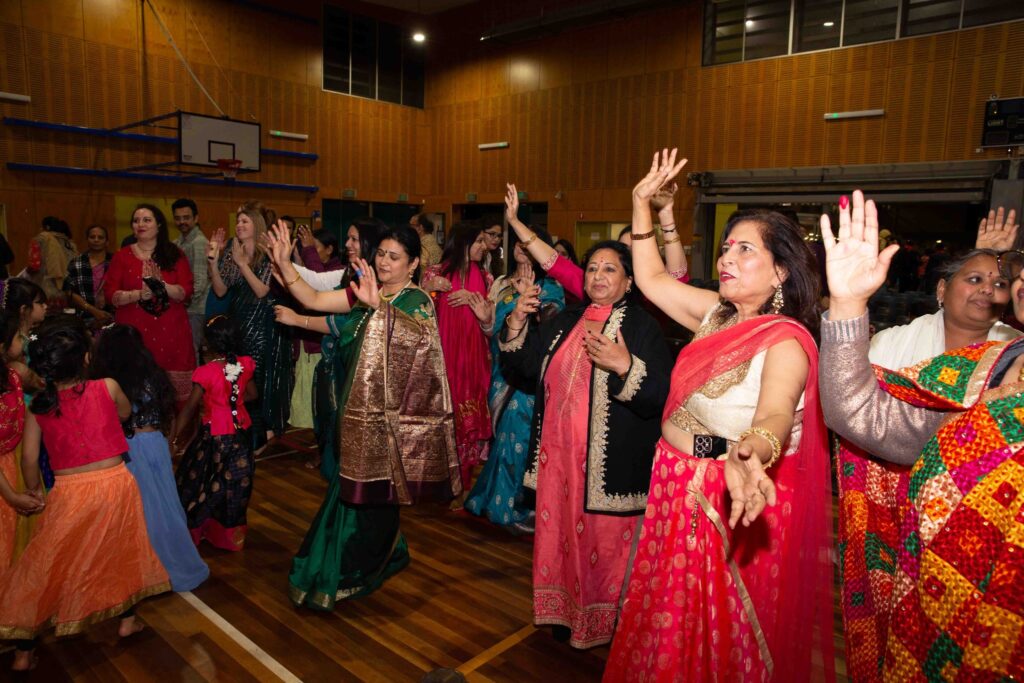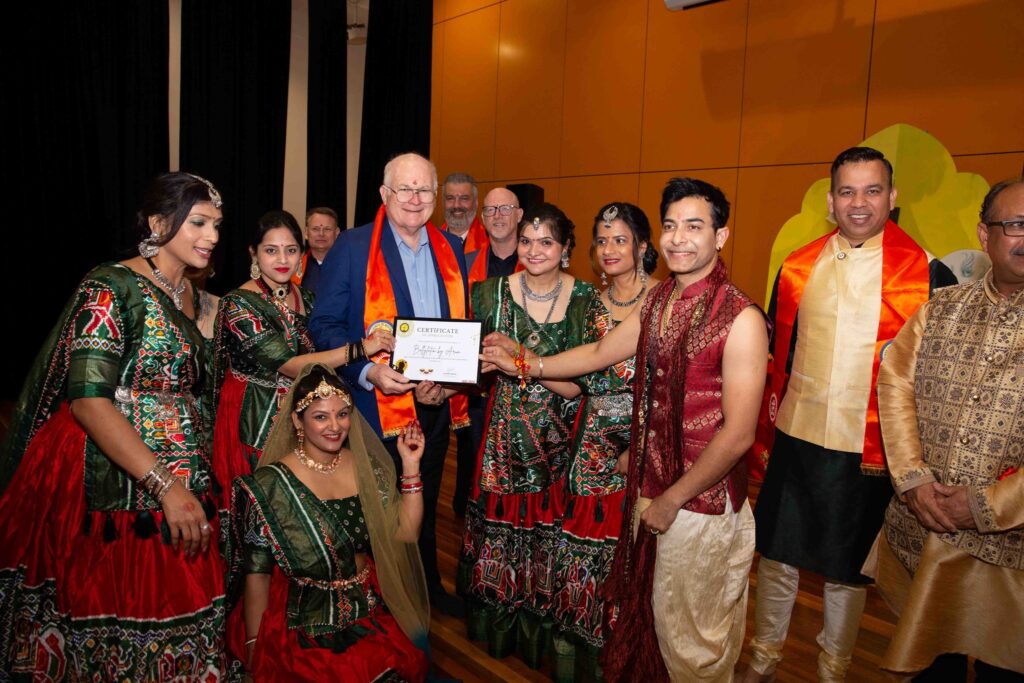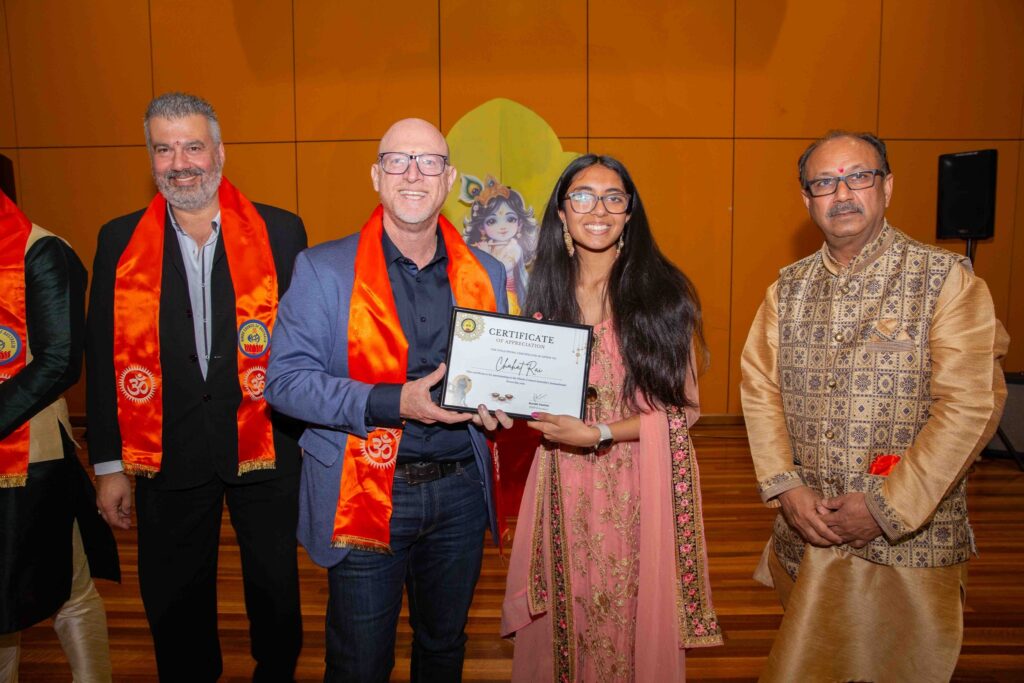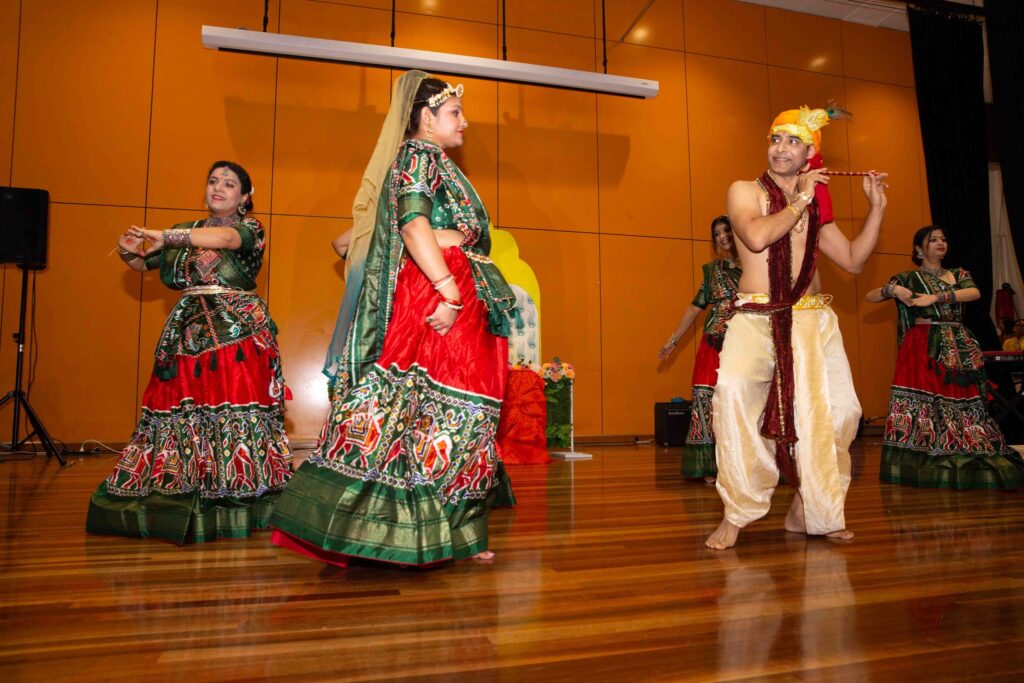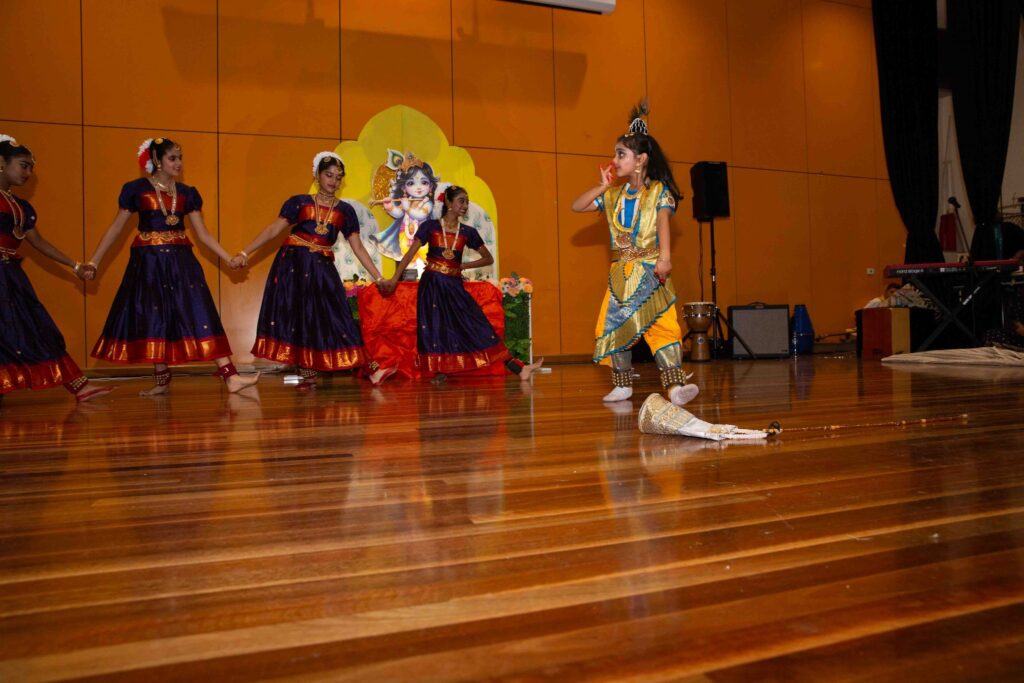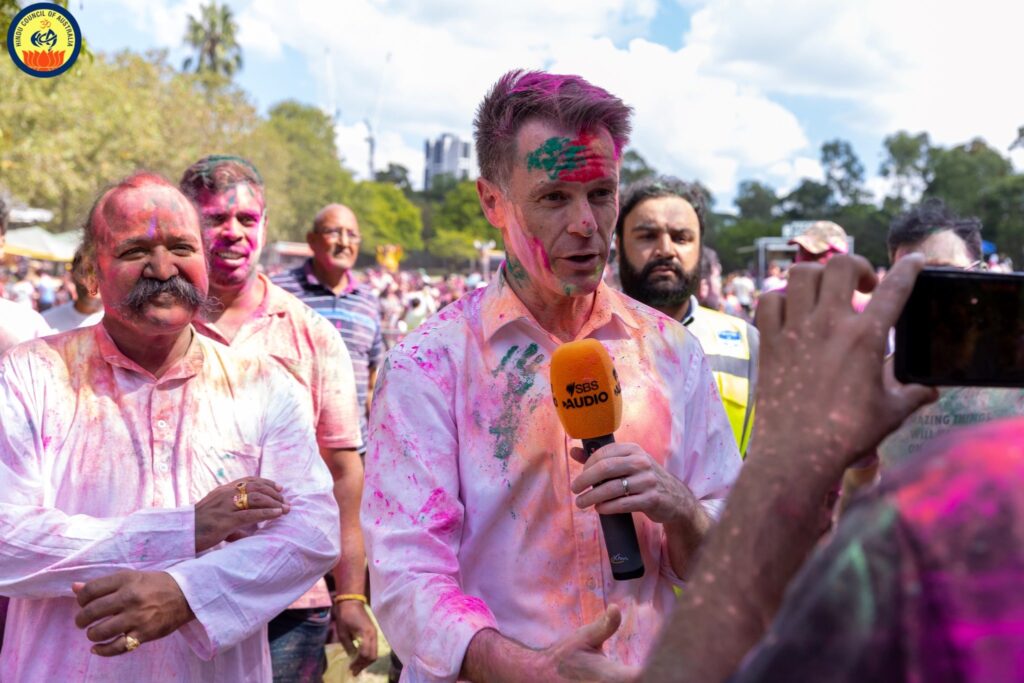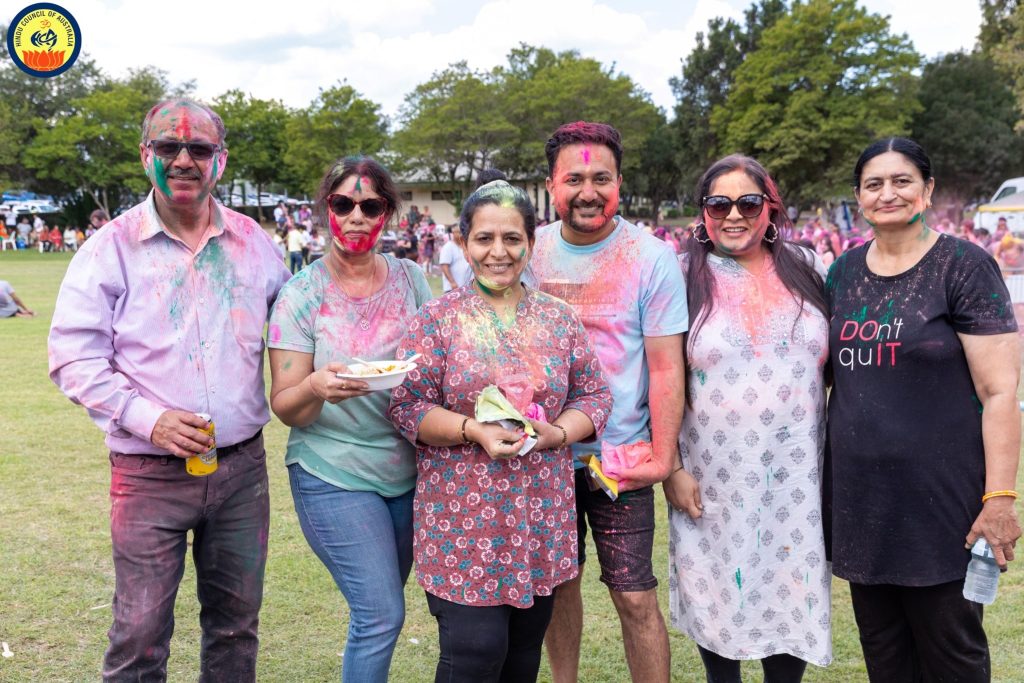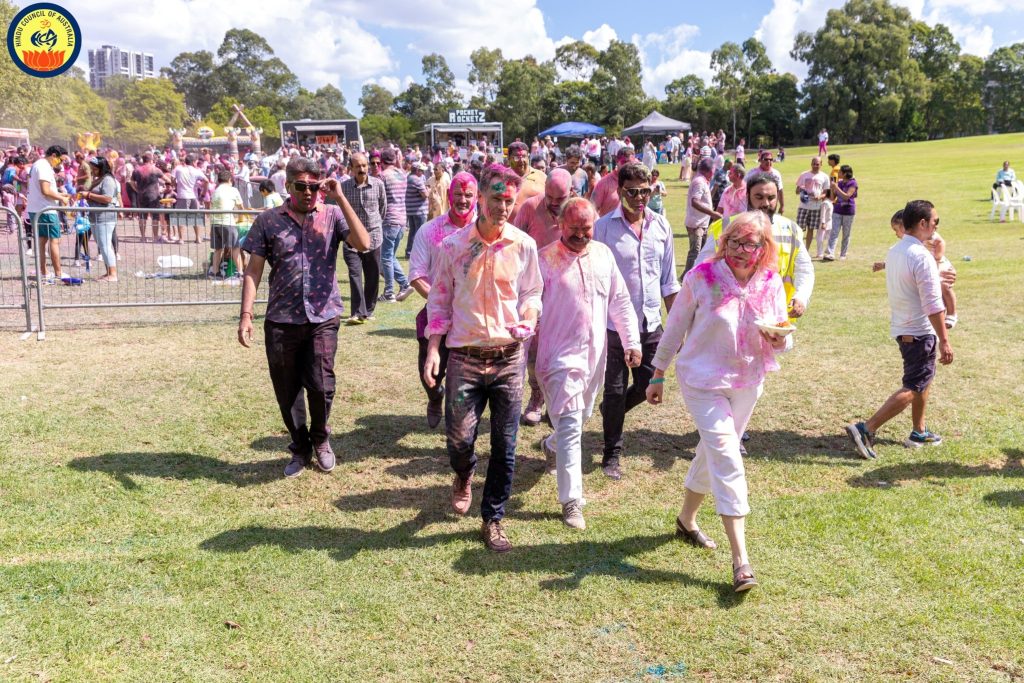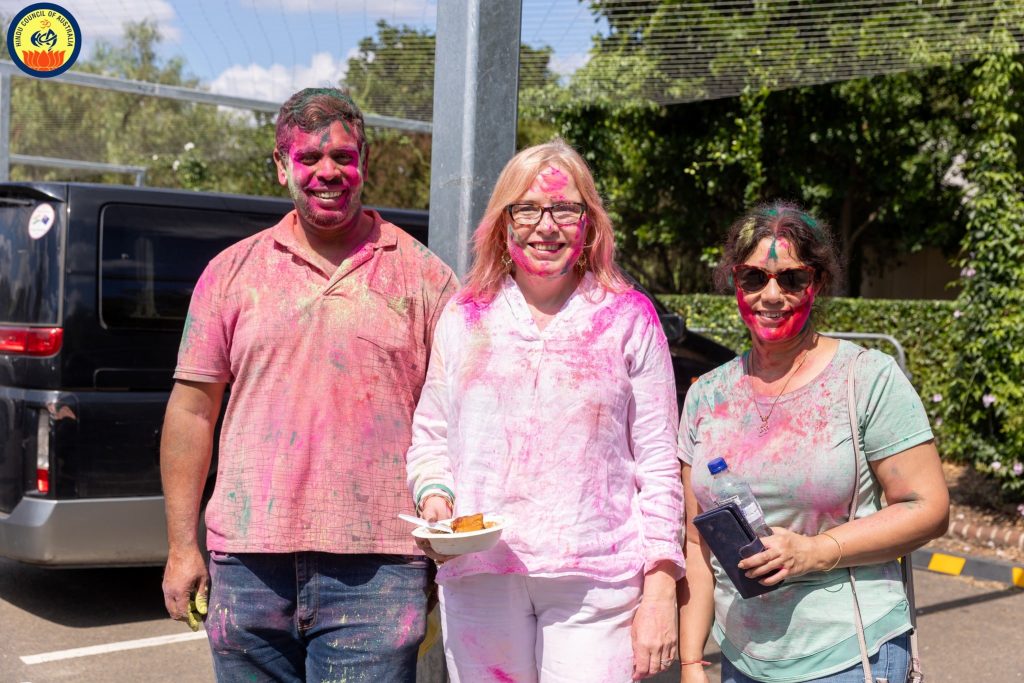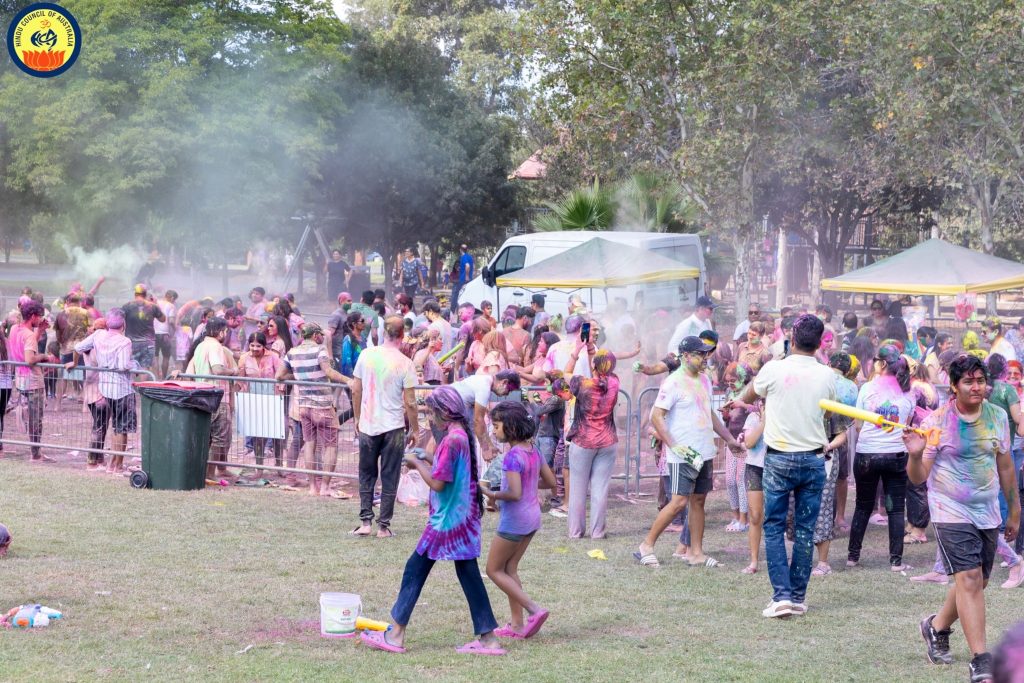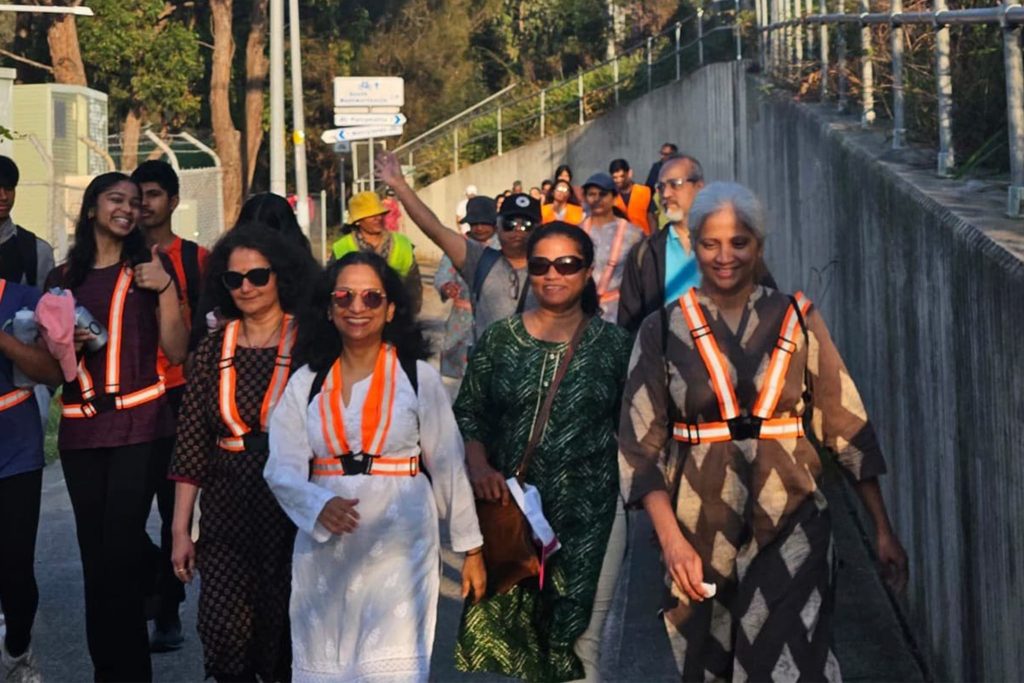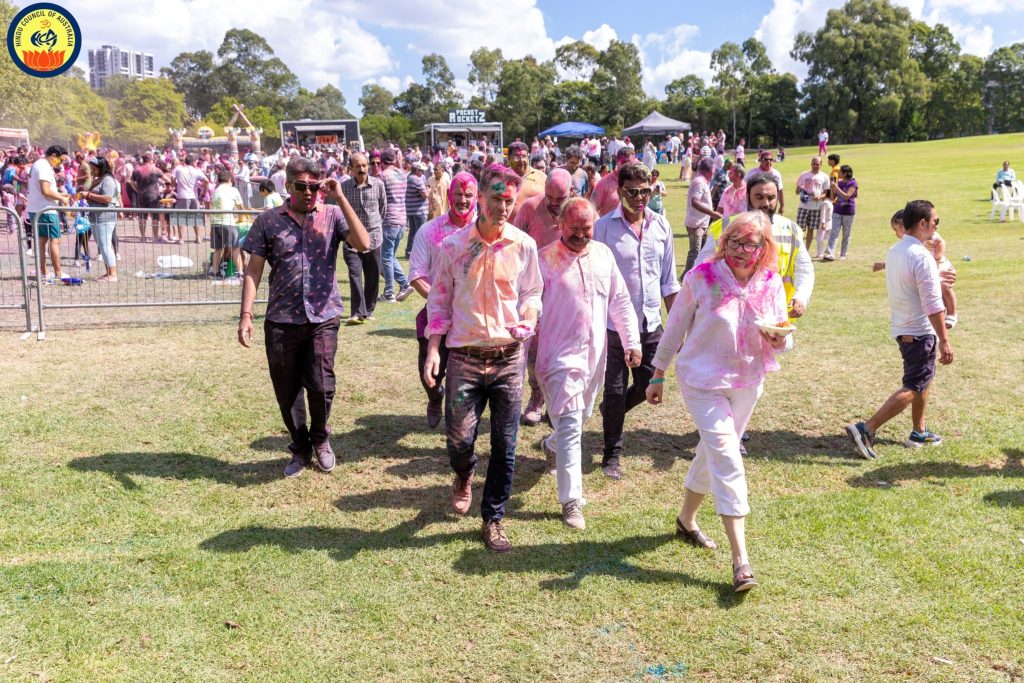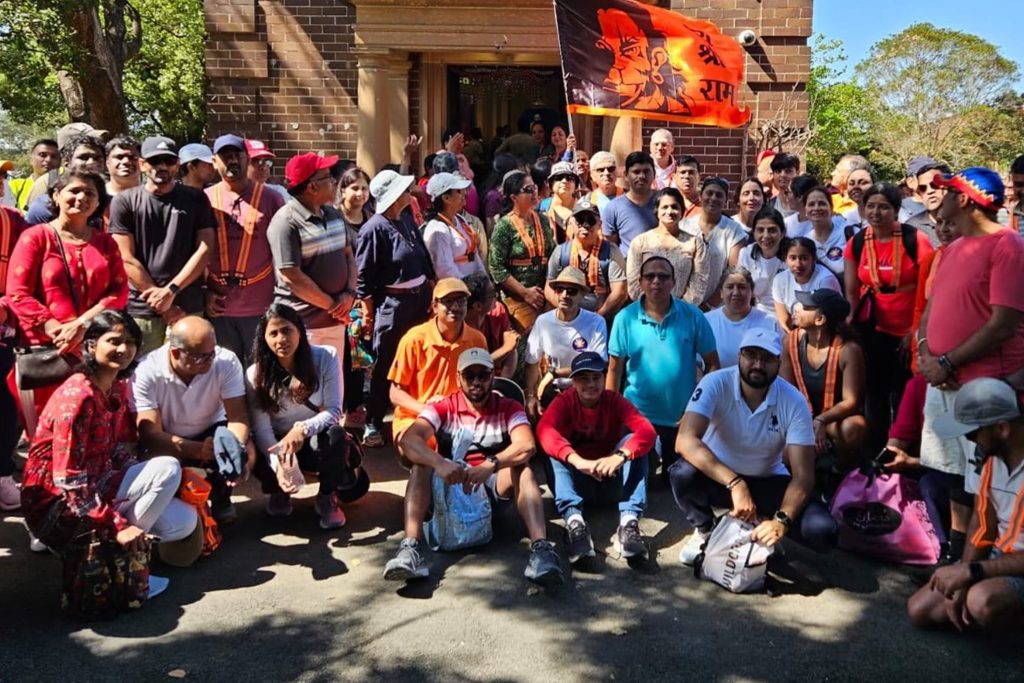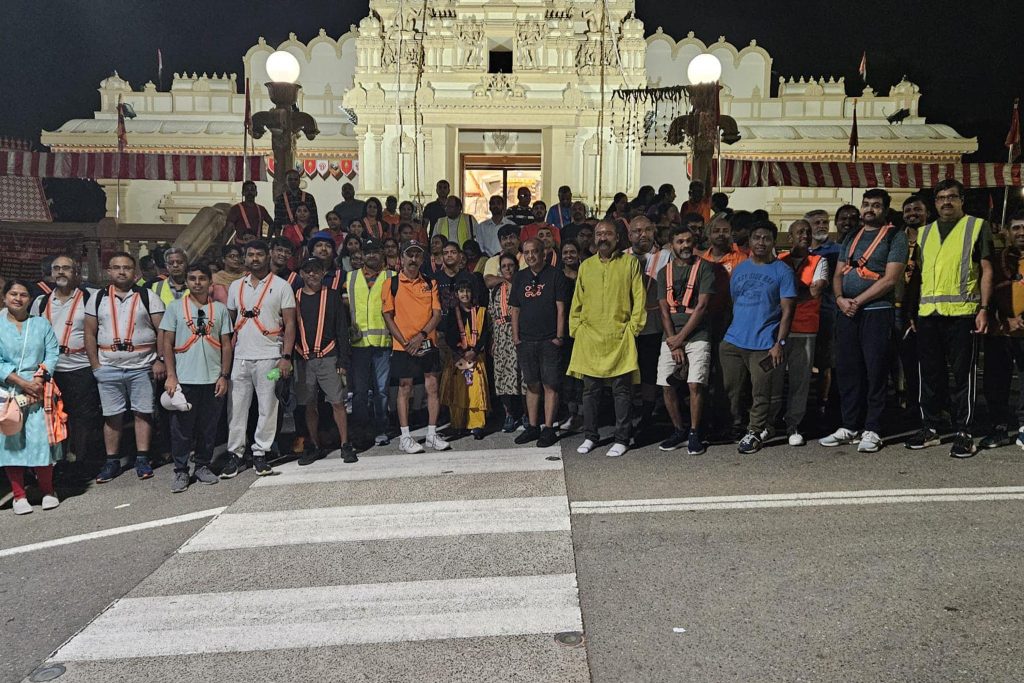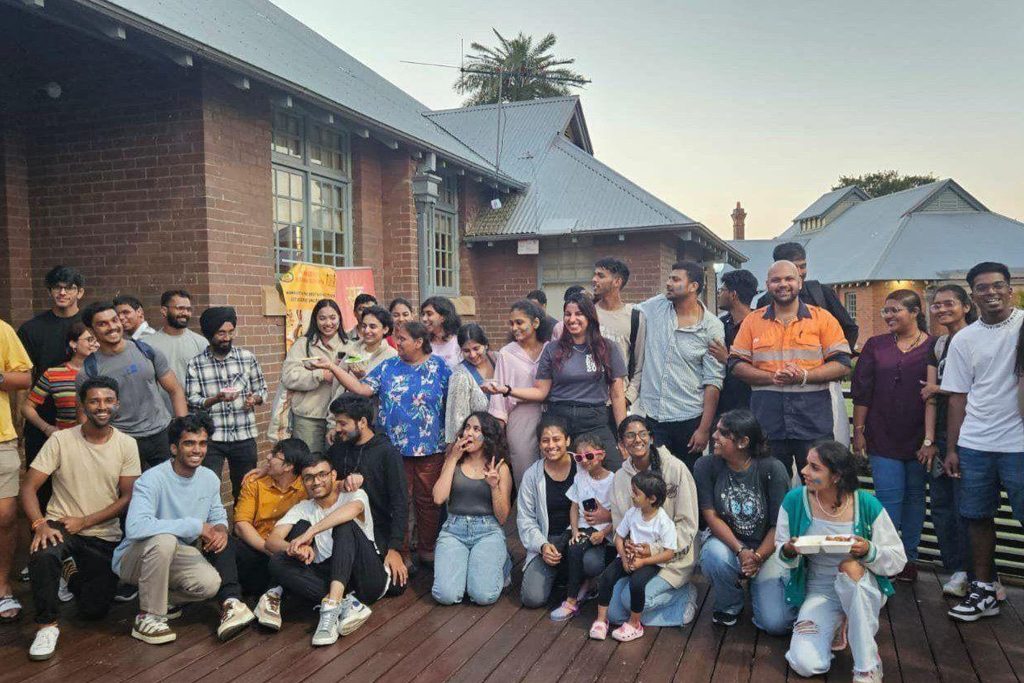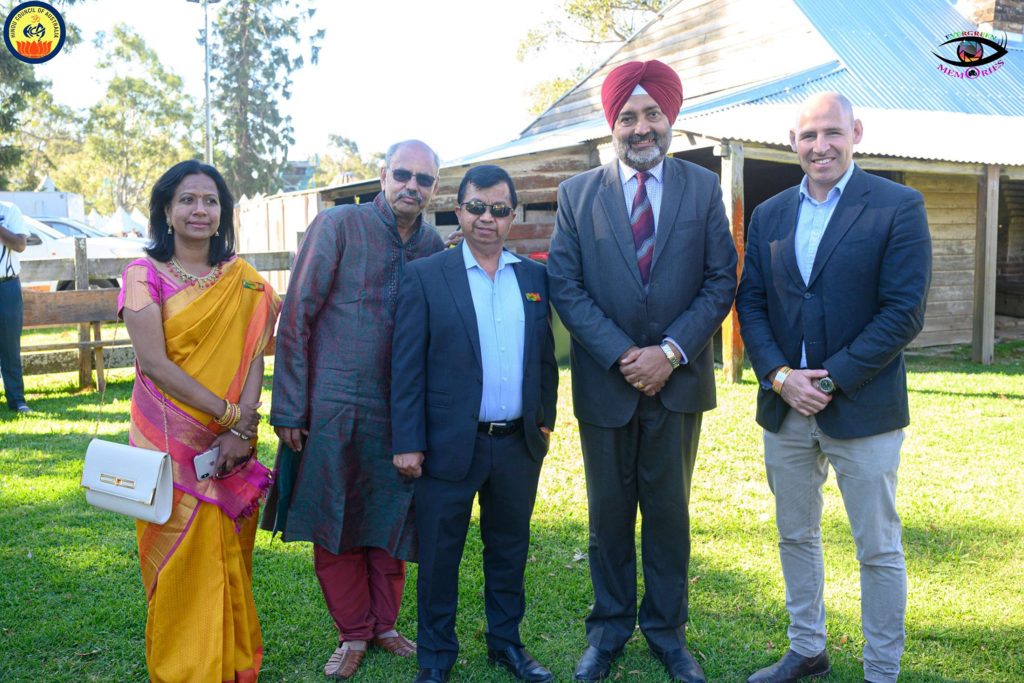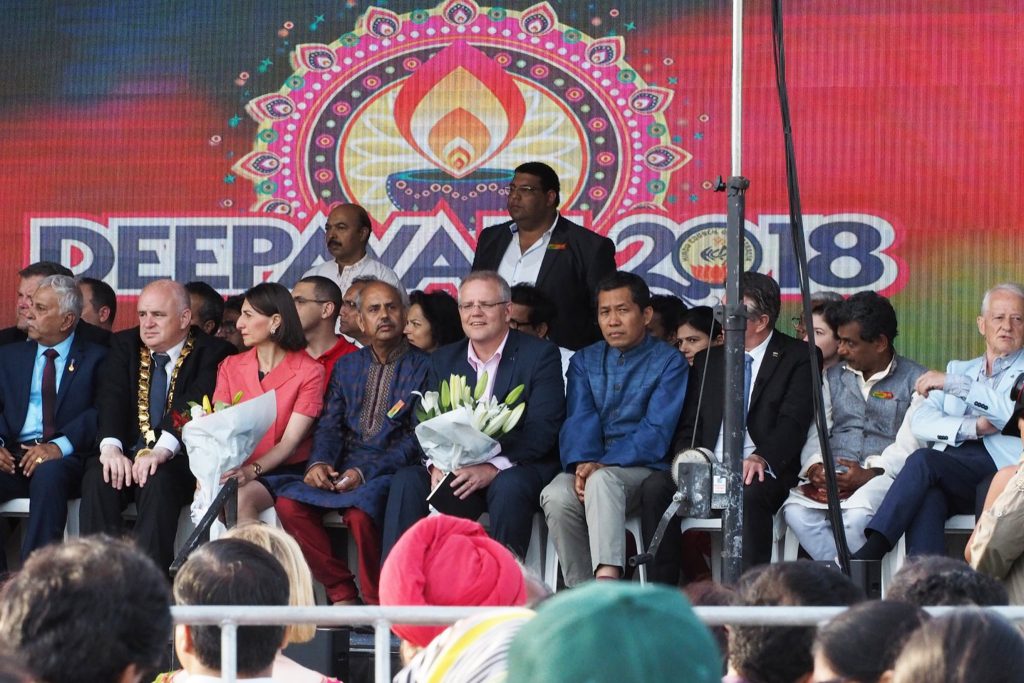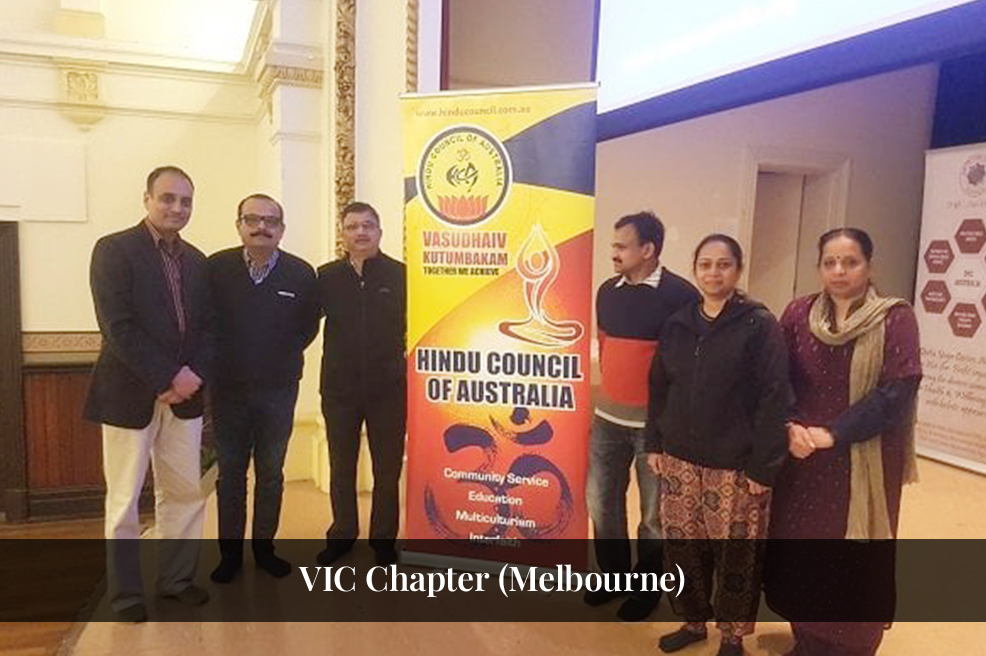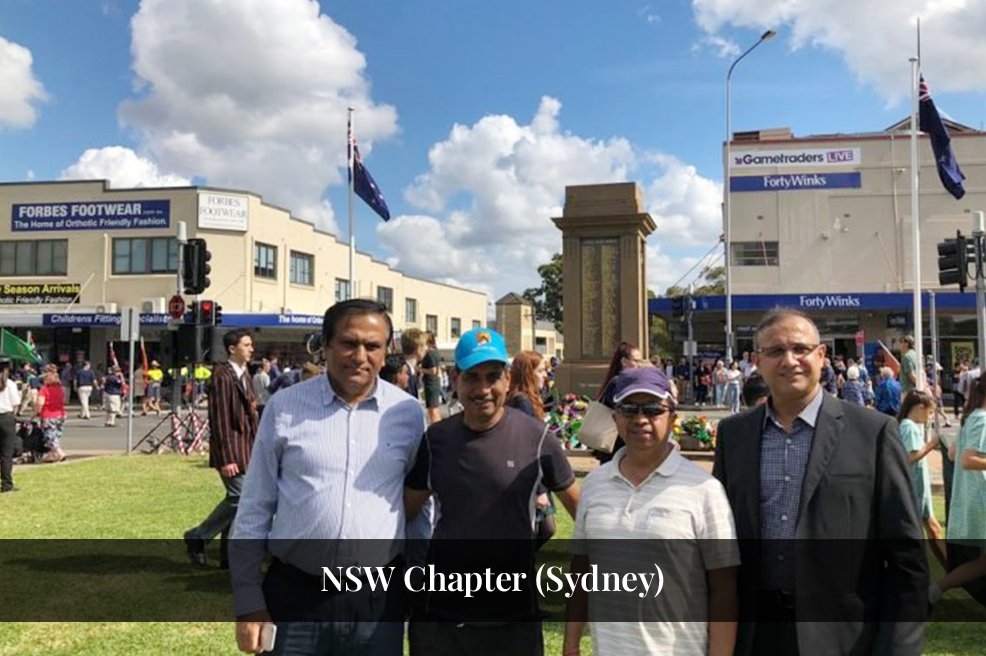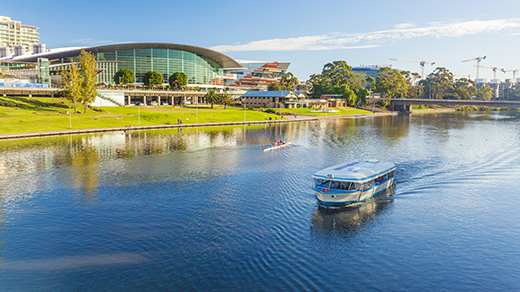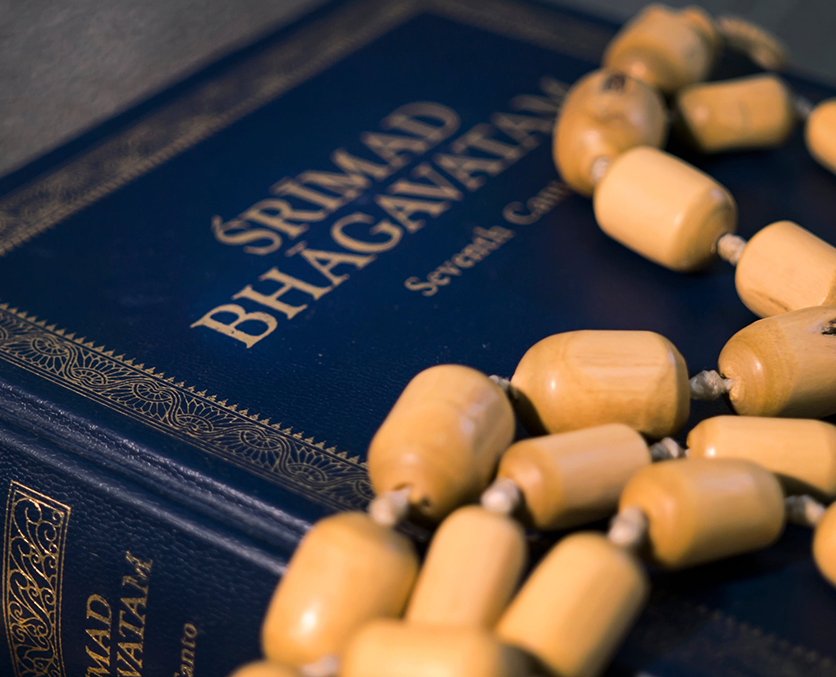Voluntary assisted dying schemes have been in effect in the following states;
-Victoria since 19 June 2019,
-Western Australia since 1 July 2021,
-Tasmania since 23 October 2022,
-Queensland since 1 January 2023,
-South Australia since 31 January 2023 and
-New South Wales since 28 November 2023. [1]
An eligible person can ask for medical help to end their life. The person must have an advanced and progressive disease, illness, or medical condition that is expected to cause their death within six months (or 12 months for neurodegenerative diseases like motor neurone disease).[2]
There are two types of Euthanasia.
-Active euthanasia: killing a patient by active means, for example, injecting a patient with a lethal dose of a drug. Sometimes called “aggressive” euthanasia.
and
-Passive euthanasia: intentionally letting a patient die by withholding artificial life support such as a ventilator or feeding tube.
Hindu Council of Australia has taken following stand on Euthanasia or Voluntary Assisted Dying (VAD).
All life is sacred for Hindus. The definition of Life here includes not only human life but all animal life also. One should not kill and should not participate in killing. No individual should be forced to participate in the killing of another being.
Nor should any institute based on such values, be forced to participate in Voluntary Assisted Dying. An institute funded by the government but run by faith values of sacredness of life should have a right to refuse having anything to do with VAD. It should be able to refuse giving permission to or participate in providing information about VAD within its premises.
Government medical facilities run by non faith bodies offer VAD. Hindus accept that it’s followers may agree to provide help for VAD to end suffering. Hindus also accept that its follower can refuse to do so. Both options are permitted in Hinduism.
A Hindu who has fulfilled all duties, has no responsibilities left and is terminally ill can choose to end their own life by going into Samadhi. Samadhi is a practice of withdrawing all senses from the external world and turn them inward towards God. A person in Samadhi is usually surrounded by others who are constantly chanting holy Mantras. All food intake is stopped.
Such practice is usually done by monks but lay members of the congregation can choose to take Samadhi so if they wish. There are cases among Hindus, Jains and Buddhists monks and laity who have taken Samadhi and ended their current life. According to Jitendra Shah, the Director of L D Institute of Indology in Ahmedabad, an average of about 240 Jains practice Sallekhana each year in India. Most of them are not recorded or noticed.[39] Jains comprise less than 0.05% of population in every country in which they live.
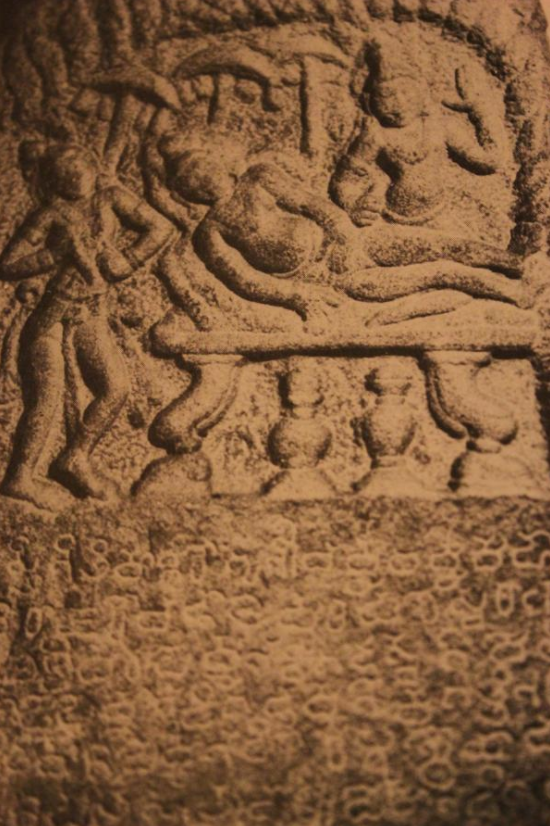
Many jurisdictions in Australia permit a terminally ill person to abstain from food and fluid intake without invoking suicide prevention provisions of law. Hindus would like Samadhi to be accepted as an alternative to VAD. According to Hindus, the right to die with dignity at the end of life is not to be confused or equated with the right to die an unnatural death curtailing the natural span of life.”[48][58] Suicide is broadly disapproved and discouraged by Buddhist, Hindu and Jaina texts.[67][68] The Satapatha Brahmana of Hinduism, for example, in section 10.2.6 discusses the nature of cyclic life and rebirth, and concludes that “therefore, one should not depart before one’s natural lifespan”, states David Brick, an Indologist at the Yale University.[69] However, for those who have renounced the world (sannyasi, sadhu, yati, bhikshu), the Indian texts discuss when ritual choice of death is appropriate and what means of voluntarily ending one’s life are appropriate.[70] The Sannyasa Upanishads (Philosophical Hindu scriptures), for example, discuss many methods of religious death, such as slowing then stopping consumption of foods and drinks to death (similar to sallekhana).[71][72]
Samadhi or Prayopavesa is a Sanskrit language word used by Hindus. Same practice is known as Santhara (Prakrit language) by Jains. Buddhist use a Pali language word Sallekhana to mean the same.
The most recent case of Sallekhana or Santhara occurred when a Renowned Jain seer Acharya Vidyasagar Maharaj passed away in India after undertaking ‘sallekhna’. Click on the link eblow to read more about it.
